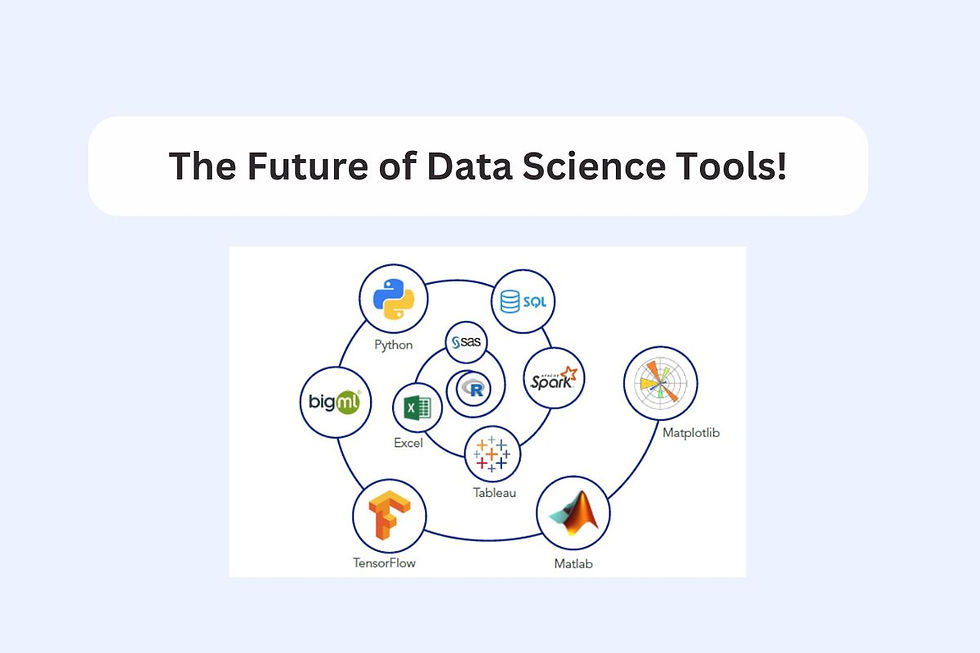From Collection to Action: The Lifecycle of Data Analytics
- archi jain

- Mar 14, 2024
- 3 min read
Introduction
In moment's digital age, data has become one of the most precious means for businesses across colorful industries. From e-commerce to healthcare, data analytics plays a pivotal role in driving decision-making, optimizing processes, and gaining valuable insights into customer behavior. However, the journey of data analytics does not end with its collection. Instead, it encompasses a comprehensive life cycle that involves several stages, each crucial for deriving meaningful outcomes and driving actionable insights. Let's delve into the lifecycle of data analytics, from collection to action.
Data Collection:
The first stage in the data analytics lifecycle is data collection. This involves gathering data from various sources, including internal databases, third-party sources, sensors, social media, and more. The collected data can be structured or unstructured and may come in different formats such as text, images, videos, or numerical data. Advanced technologies like IoT (Internet of Things) devices and sensors have significantly expanded the scope and volume of data collection, providing organizations with a wealth of information to analyze.
Data Preparation:
Once the data is collected, it needs to be processed and prepared for analysis. This stage involves cleaning the data to remove inconsistencies, errors, and duplicates. Data may also need to be transformed, integrated, and aggregated to make it suitable for analysis. Additionally, data preparation involves identifying and handling missing values, outliers, and anomalies that could skew the analysis results. This stage is crucial as the quality of the analysis depends heavily on the quality of the prepared data.
Data Analysis:
With the prepared data in hand, organizations can now perform various types of analysis to extract insights and patterns. This stage often involves using statistical techniques, machine learning algorithms, data mining, and visualization tools to uncover meaningful trends, correlations, and relationships within the data. Data analysis techniques can range from descriptive analytics, which provides a summary of historical data, to predictive and prescriptive analytics, which forecast future outcomes and suggest actions, respectively.
Insights Generation:
Once the analysis is complete, the next step is to generate insights from the findings. This involves interpreting the results of the analysis in the context of business objectives and identifying key takeaways that can drive decision-making. Insights may reveal opportunities for process optimization, product improvements, market trends, customer preferences, or competitive advantages. Effective communication of insights is essential at this stage to ensure stakeholders understand the implications and potential actions derived from the analysis.
Decision-Making:
Armed with actionable insights, organizations can make informed decisions to drive business growth and innovation. Decision-makers across various departments, including marketing, operations, finance, and strategy, use data-driven insights to formulate strategies, allocate resources, mitigate risks, and seize opportunities. Data-driven decision-making enables organizations to be more agile, adaptive, and competitive in today's rapidly evolving business landscape.
Action Implementation:
The final stage of the data analytics lifecycle involves implementing actions based on the insights gained from the analysis. This may involve operational changes, product enhancements, marketing campaigns, pricing adjustments, or any other initiatives aimed at achieving business objectives. It's crucial for organizations to track the outcomes of these actions and continuously monitor and iterate their strategies based on new data and insights.
Feedback and Iteration:
The lifecycle of data analytics is not linear but iterative. Feedback loops play a crucial role in refining data collection processes, analysis techniques, and decision-making strategies over time. By collecting feedback on the outcomes of actions taken, organizations can learn from successes and failures, adjust their approaches, and continuously improve their data analytics capabilities.
Conclusion
The lifecycle of data analytics is a dynamic and iterative process that begins with data collection and culminates in actionable insights and informed decision-making. Each stage of the lifecycle is interconnected and essential for deriving value from data. By effectively managing the entire lifecycle, organizations can harness the power of data to gain a competitive edge, drive innovation, and achieve business success in today's data-driven world. For those looking to enhance their understanding and proficiency in data analytics, investing in a Data Analytics Training Course in Nashik, Delhi , Ahmedabad and other locations in India can provide the necessary skills and knowledge to navigate this intricate process effectively.








Comments